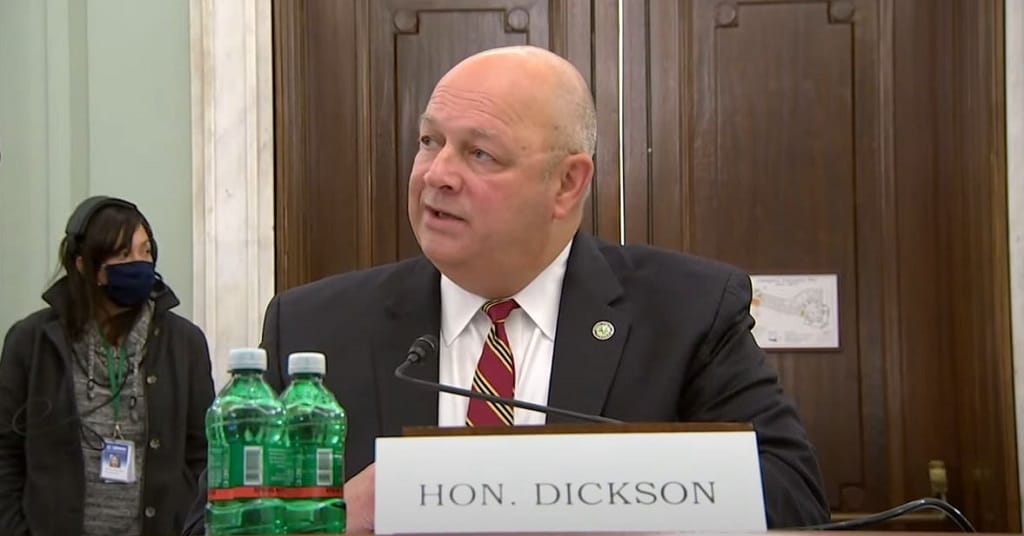Affordable Connectivity Program Rules, 5G ‘Buffer Zones’, Low-Cost Broadband Enrollment
The FCC’s proposed rules would establish the requirements for households to be eligible for the new device subsidy program.
Justin Perkins

January 10, 2022 – The Federal Communications Commission on Friday released its proposed rules for the Affordable Connectivity Program, an extension of the Emergency Broadband Benefit program.
The proposed rules would govern eligibility guidelines, broadband plans and devices available in the program.
The draft, released on Friday, also seeks comment on the structure and objectives for an “outreach partner grant program” that could connect the Affordable Connectivity Program with other available grants.
The $14.2-billion ACP was established as a part of the Infrastructure Investment and Jobs Act of 2021. The program will provide eligible households with discounts of up to $30 a month for broadband service, and up to $75 a month if the household is on Tribal lands. The program will provide a one-time discount of up to $100 on a computer or tablet for eligible households.
“The past two years have made totally clear that broadband is no longer a luxury, it’s a necessity. The response to the Emergency Broadband Benefit Program, with over nine million households enrolled in less than eight months, proved what many of us knew to be true: there are simply too many people across the country struggling to pay for high-speed internet service,” said FCC Chairwoman Jessica Rosenworcel. “Now with tens of thousands already coming into the just-launched Affordable Connectivity Program, it’s clear that the need for support continues.”
Federal Aviation Administration releases 5G “buffer zone” List
The Federal Aviation Administration released Friday a list of 50 airports that will have “buffer zones” when companies begin 5G service on January 19.
Companies near the airports agreed on Friday to turn off 5G capabilities around the proposed buffer zones for six months to minimize interference with aircraft instruments.
Some of the airports include John F. Kennedy Airport in New York City, Los Angeles International Airport, and Seattle-Tacoma International Airport. The delay will give the FAA time to work with aerospace manufacturers and airlines to ensure that the aircraft can operate safely with the new technology.
Airlines for America, a trade group representing U.S. passenger and cargo carriers, said it appreciated the “FAA’s efforts to implement mitigations for airports that may be most impacted by disruptions generated by the deployment of new 5G service.”
“As tests prove that some altimeters are safe, the FAA will be able to remove some restrictions on operations of aircraft with those altimeters,” the FAA said. “Disruption risk will gradually decrease as more altimeters are tested and either deemed safe, retrofitted or replaced.”
AT&T opens enrollment for low-cost broadband
Companies opened their enrollment period for low-cost broadband as part of the Affordable Connectivity Program.
AT&T and Cricket Wireless opened the sign-up period for customers to receive discounts on internet services for customers. The Affordable Connectivity Program succeeds the Emergency Broadband Benefit, which ended on December 30.
Customers attempting to enroll in the ACP must apply to the federal government’s National Verifier at ACPBenefit.org to determine if they are eligible for ACP. Once approved, customers can order new service from AT&T or Cricket wireless, or the benefit can be applied to a household’s existing service. Importantly, customers signing up for ACP can still be eligible for the program even if they have a past due balance with the company providing the service.
Further, families living in multi-dwelling units are eligible to receive the benefit if they pay a landlord for internet service.










Member discussion